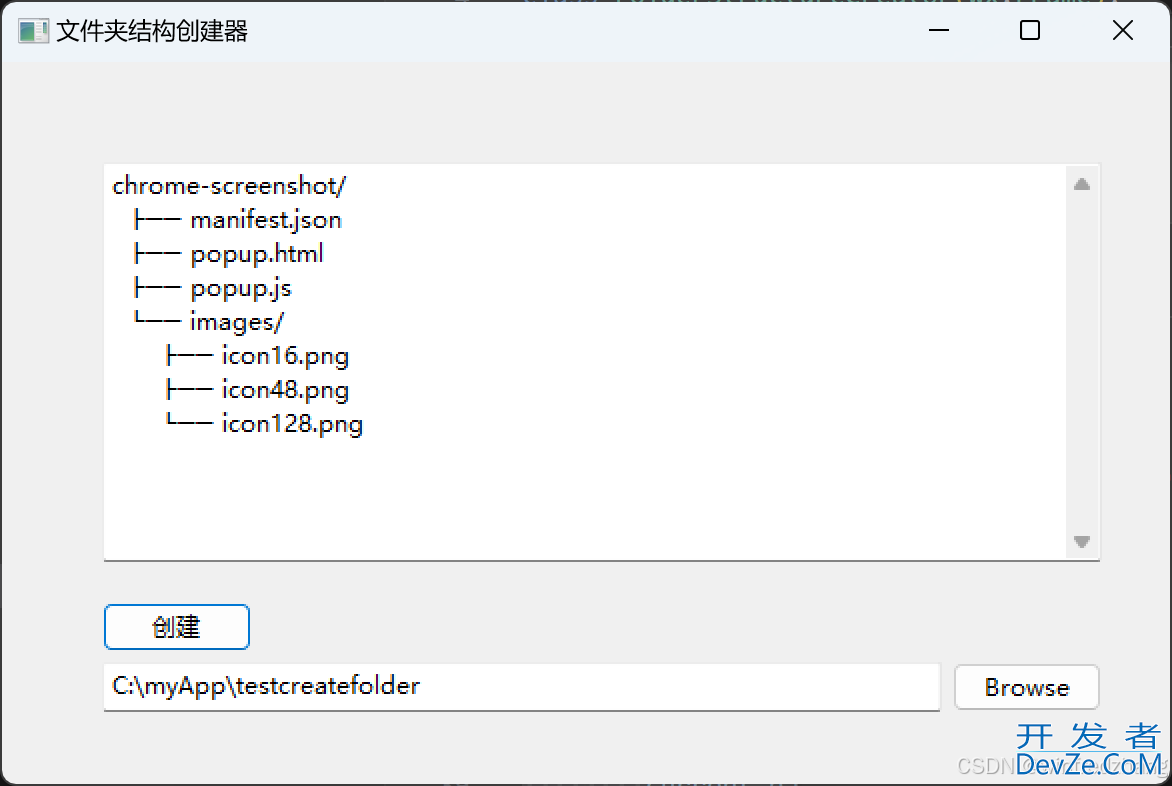目录
- 01 使用列表创建 Series
- 02 使用 name 参数创建 Series
- 03 使用简写的列表创建 Series
- 04 使用字典创建 Series
- 05 如何使用 Numpy 函数创建 Series
- 06 如何获取 Series 的索引和值
- 07 如何在创建 Series 时指定索引
- 08如何获取 Series 的大小和形状
- 09 如何获取 Series 开始或末尾几行数据
- 10 使用切片获取 Series 子集
前言:
Pandas 纳入了大量库和一些标准的数据模型,提供了高效地操作大型数据集所需的工具。pandas提供了大量能使我们快速便捷地处理数据的函数和方法。
为了让大家对pandas的操作更加熟练,我整理了一些关于pandas的小操作,会依次为大家展示
今天我将先为大家如何关于pandas如何使用列表和字典创建 Series。
01 使用列表创建 Series
import panda编程客栈s as pd ser1 = pd.Series([1.5, 2.5, 3, 4.5, 5.0, 6]) print(ser1)
Output:
0 1.5
1 2.5 2 3.0 3 4.5 4 5.0 5 6.0 dtype: float64
02 使用 name 参数创建 Series
import pandas as pd ser2 = pd.Series(["India", "Canada", "Germany"], name="Countries") print(ser2)
Output:
0 India
1 Canada 2 Germany Name: Countries, dtype: object
03 使用简写的列表创建 Series
import pandas as pd ser3 = pd.Series(["A"]*4) print(ser3)
Output:
0 A
1 A 2 A 3 A dtype: object
04 使用字典创建 Series
import pandas as pd
ser4 = pd.Series({"India": "New Delhi",
"Japan": "Tokyo",
"UK": "London"})
print(ser4)
Output:
India New Delhi
Japan Tokyo UK London dtype: object
05 如何使用 Numpy 函数创建 Series
import pandas as pd import numpy as np ser1 = pd.Series(np.linspace(1, 10, 5)) print(ser1) ser2 = pd.Series(np.random.normal(size=5)) print(ser2)
Output:
0 1.00
1 3.25 2 5.50 编程客栈3 7.75 4 10.00 dtype: float64 0 -1.694452 1 -1.570006 2 1.713794 3 0.338292 4 0.803511 dtype: float64
06 如何获取 Series 的索引和值
import pandas as pd
import numpy as np
ser1 = pd.Series({"India": "New Delhi",
"Japan": "Tokyo",
"UK": "London"})
print(ser1.values)
print(ser1.index)
print("\n")
ser2 = pd.编程客栈Series(np.random.normal(size=5))
print(ser2.index)
print(ser2.values)
Output:
['New Delhi' 'Tokyo' 'London']
Index(['India', 'Japan', 'UK'], dtype='object') RangeIndex(start=0, stop=5, step=1) [ 0.66265478 -0.72222211 0.3608642 1.40955436 1.3096732 ]
07 如何在创建 Series 时指定索引
import pandas as pd
values = ["India", "Canada", "Australia",
"Japan", "Germany", "France"]
code = ["IND", "CAN", "AUS", "JAP", "GER", "FRA"]
ser1 = pd.Series(values, index=code)
print(ser1)
Output:
INDXxQMcFt India
CAN Canada AUS Australia JAP Japan GER Germany FRA France dtype: object
08如何获取 Series 的大小和形状
import pandas as pd
values = ["India", "Canada", "Australia",
"Japan", "Germany", "France"]
code = ["IND", "CAN", "AUS", "JAP", "GER", "FRA"]
ser1 = pd.Series(values, index=code)
print(len(ser1))
print(ser1.shape)
print(ser1.size)
Output:
6
(6,) 6
09 如何获取 Series 开始或末尾几行数据
Head()函数:
import pandas as pd
values = ["India", "Canada", "Australia",
"Japan", "Germany", "France"]
code = ["IND", "CAN", "AUS", "JAP", "GER", "FRA"]
ser1 = pd.Series(values, index=code)
print("-----Head()-----")
print(ser1.head())
print("\n\n-----Head(2)-----")
print(ser1.head(2))
Output:
-----Head()-----
IND India CAN Canada AUS Australia JAP Japan GER Germany dtype: object -----Head(2)----- IND India CAN Canada dtype: object
Tail()函数:
import pandas as pd
values = ["India", "Canada", "Australia",
"Japan", "Germany", "France"]
code = ["IND", "CAN", "AUS", "JAP", "GER", "FRA"]
ser1 = pd.Series(values, index=code)
print("-----Tail()-----")
print(ser1.tail())
print("\n\n-----Tail(2)-----")
print(ser1.tail(2))
Output:
-----Tail()-----
CAN Canada AUS Australia JAP Japan GER Germany FRA France dtype: object -----Tail(2)----- GER Germany FRA France dtype: object
Take()函数:
import pandas as pd
values = ["India", "Canada", "Australia",
"Japan", "Germany", "France"]
code = ["IND", "CAN", "AUS", "JAP", "GER", "FRA"]
ser1 = pd.Series(values, index=code)
print("-----Take()-----")
print(ser1.take([2, 4, 5]))
Output:
-----Take()-----
AUS Australia GER Germany FRA France dtype: object
10 使用切片获取 Series 子集
import pandas as pd
num = [000, 100, 200, 300, 400, 500, 600, 700, 800, 900]
idx = ['A', 'B', 'C', 'D', 'E', 'F', 'G', 'H', 'I', 'J']
series = pd.Series(num, index=idx)
print("\n [2:2] \n")
print(series[2:4])
print("\n [1:6:2] \n")
print(series[1:6:2])
print("\n [:6] \n")
print(series[:6])
print("\n [4:] \n")
print(series[4:])
print("\n [:4:2] \n")
print(series[:4:2www.cppcns.com])
print("\n [4::2] \n")
print(series[4::2])
print("\n [::-1] \n")
print(series[::-1])
Output:
[2:2]
C 200 D 300 dtype: int64 [1:6:2] B 100 D 300 F 500 dtype: int64 [:6] A 0 B 100 C 200 D 300 E 400 F 500 dtype: int64 [4:] E 400 F 500 G 600 H 700 I 800 J 900 dtype: int64 [:4:2] A 0 C 200 dtype: int64 [4::2] E 400 G 600 I 800 dtype: int64 [::-1] J 900 I 800 H 700 G 600 F 500 E 400 D 300 C 200 B 100 A 0 dtype: int64
到此这篇关于pandas如何使用列表和字典创建 Series的文章就介绍到这了,更多相关pandas使用列表和字典创建 Series内容请搜索我们以前的文章或继续浏览下面的相关文章希望大家以后多多支持我们!









 加载中,请稍侯......
加载中,请稍侯......
精彩评论